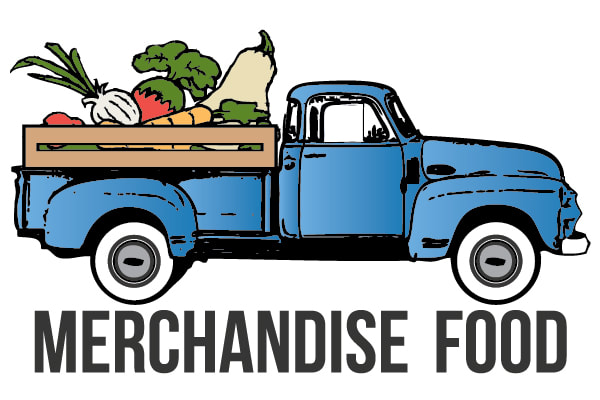
Produce Ordering Pitfalls
- Ordering on the Fly: Winging your order from your desk rather than walking the floor and coolers is a perfect way to inflate in-store inventories. Increasing the time items fruits and vegetables remain in storage before sale typically decreases overall freshness by the time items reach display promoting incremental shrink.
- Ordering without Specifications: Ordering random sizes and intermittent quality levels of specific produce items can create displays where customers pick over items to choose the freshest, largest, or best looking items bypassing the items you might need to sell first to maintain freshness and move product through your inventory. This act can leave remaining items on display to deteriorate generating shrink.
- Ordering from Questionable or Inconsistent Distributors or Shippers: Don't order shrink! While no one would intentionally order bad product, there's many suppliers selling items quickly ready to become shrink. Working with intentional, quality, best-in-class suppliers will help you minimize loss. Receiving top notch fresh produce gives you extra days to sell it while influencing a more successful and flavorful at-home eating experience to keep customers coming back. The more questionable freshness the less likely customers will buy. Undermined trust and resulting foot traffic drops in your stores will instantly make shrink management even more difficult!
- Inexperienced Ordering: Don't allow inexperienced team members write your order. Remember that your purchase represents thousands or tens of thousands of dollars and requires the upmost attention and care. Rather, ensure on-the-job training and coaching walks new orderers through the process and quickly addresses "hiccups" should a poor call be made. There's always room for minor mistakes, but ensure your team learns from them.
- Ordering Mistakes: Remember the time a random box of something you don't usually sell arrived at your back receiving dock? A simple mispunch or a wrong number and you might have a case of obscure tropical fruit on your hands. Slow down and ensure accuracy and you'll likely drop dollars to your market's bottom line.
Remember many aspects of fresh produce shrink are controllable or influencable by committment to many wise but simple day to day practices. Implement these tips into your ordering process and do your part to manage shrink. A few percentage points of improvement can result in substantial impact on your gross profit!
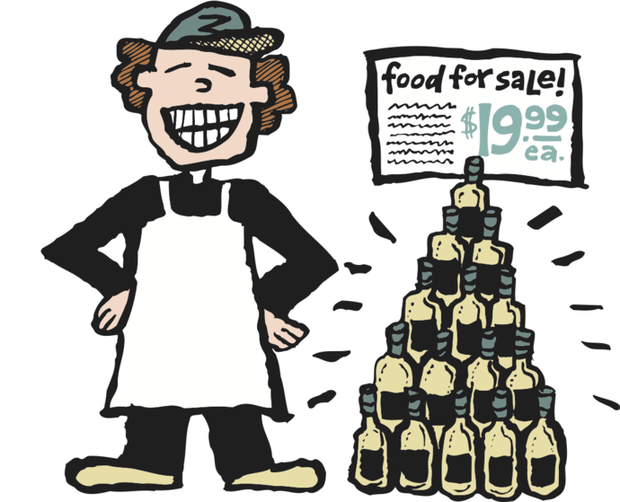

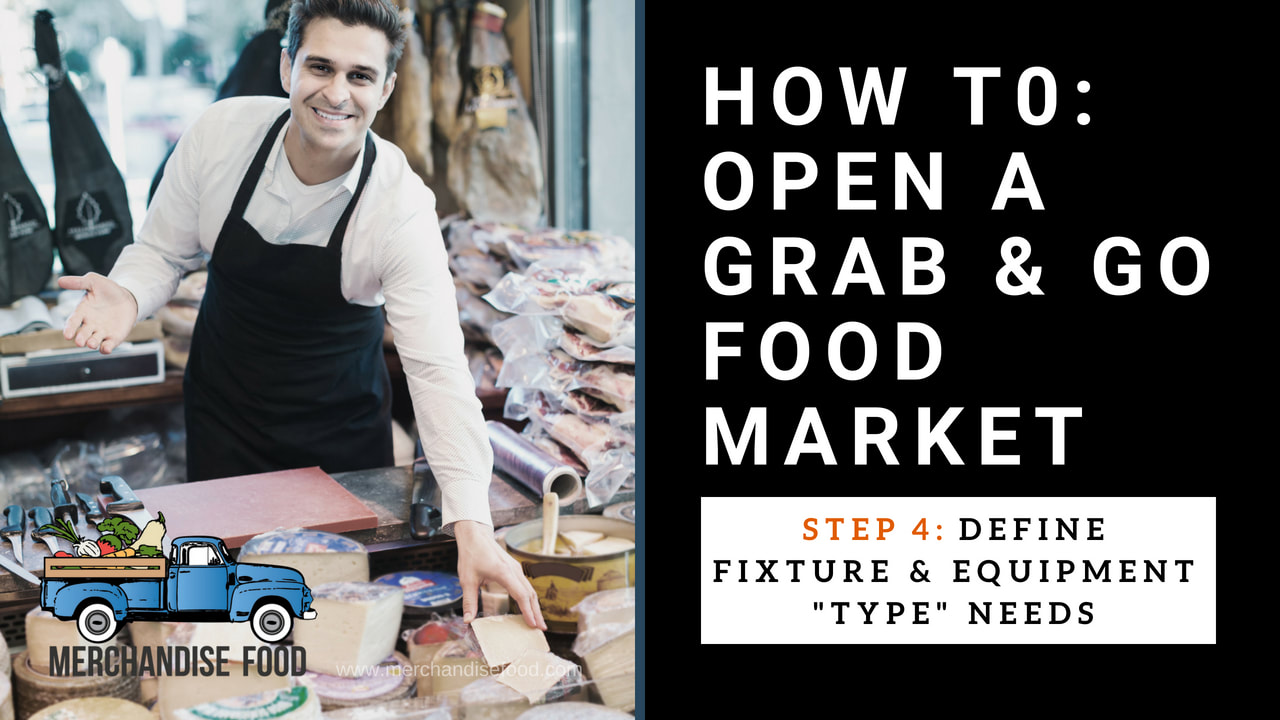
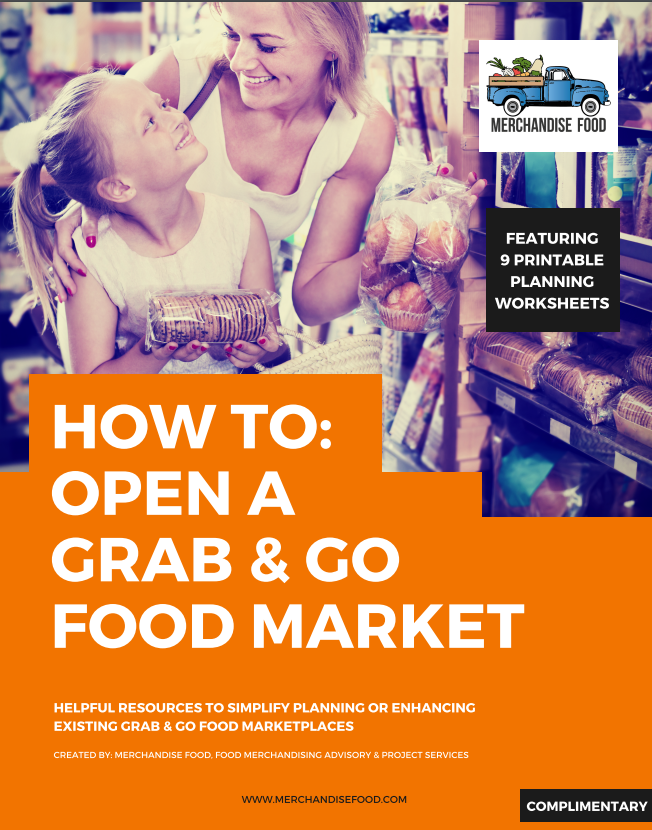

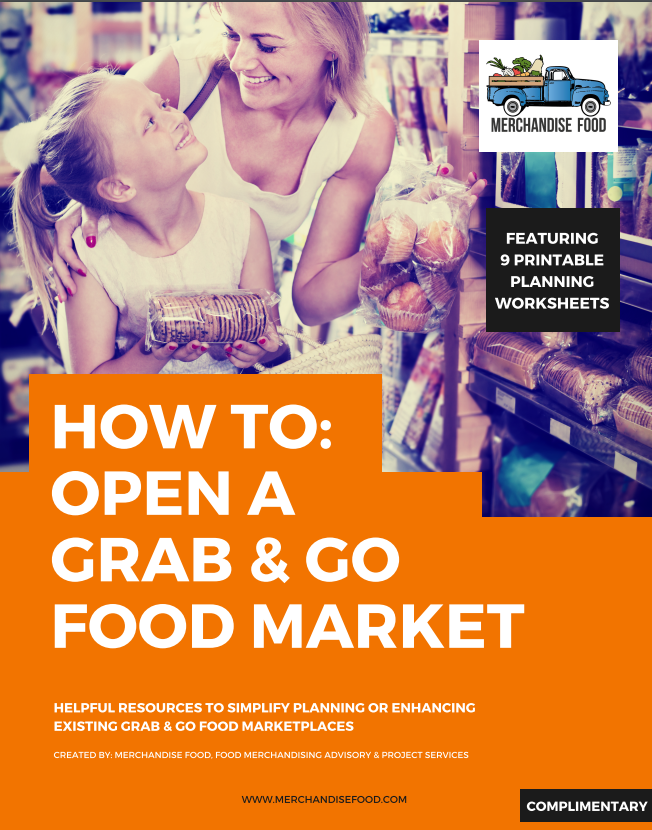
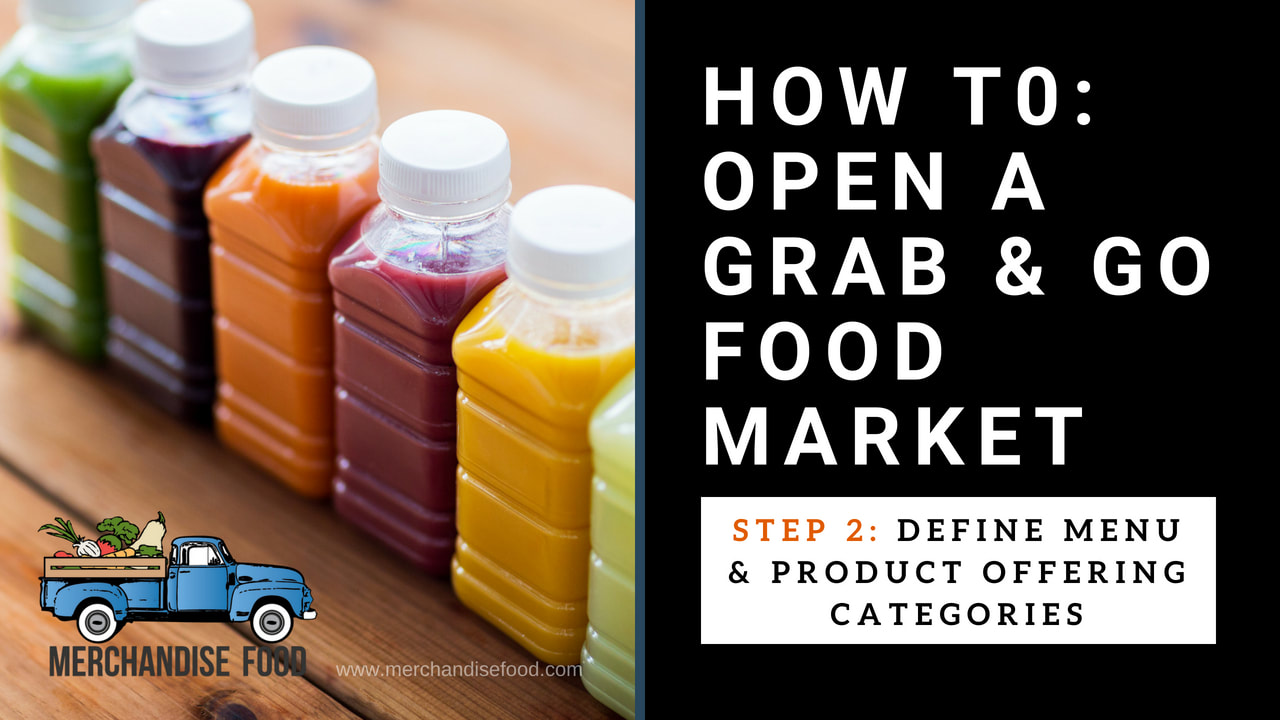

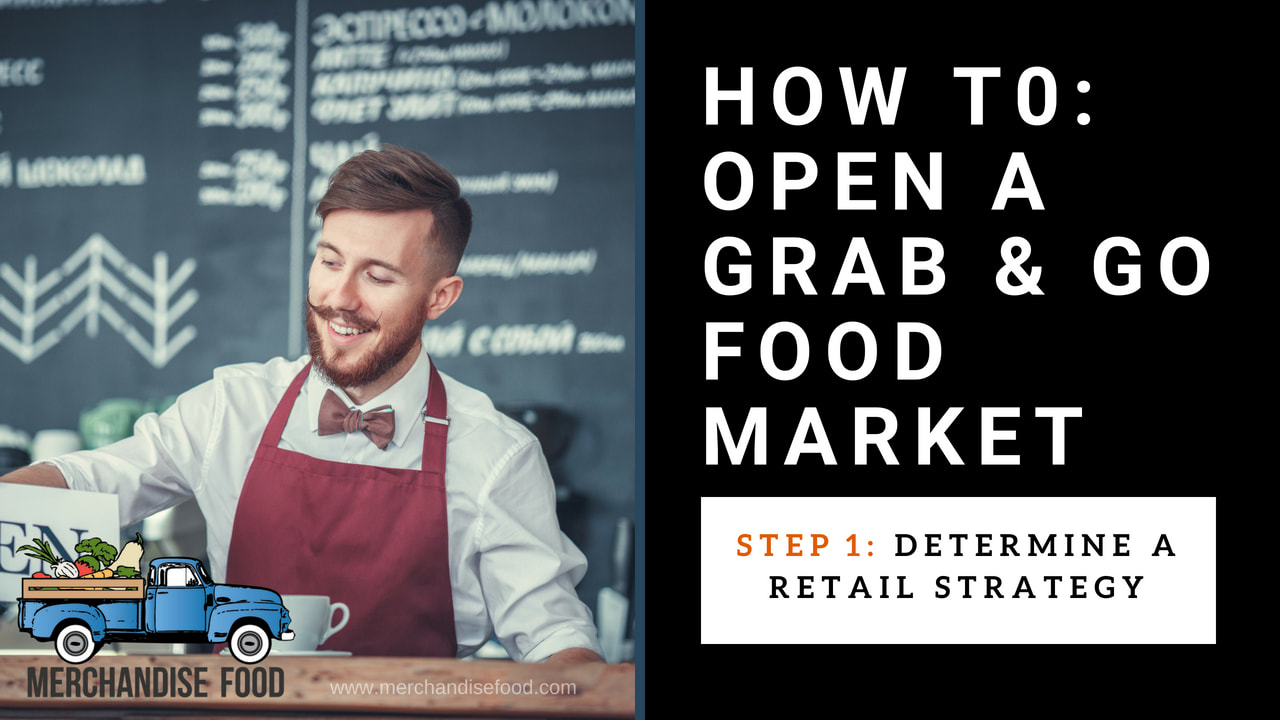
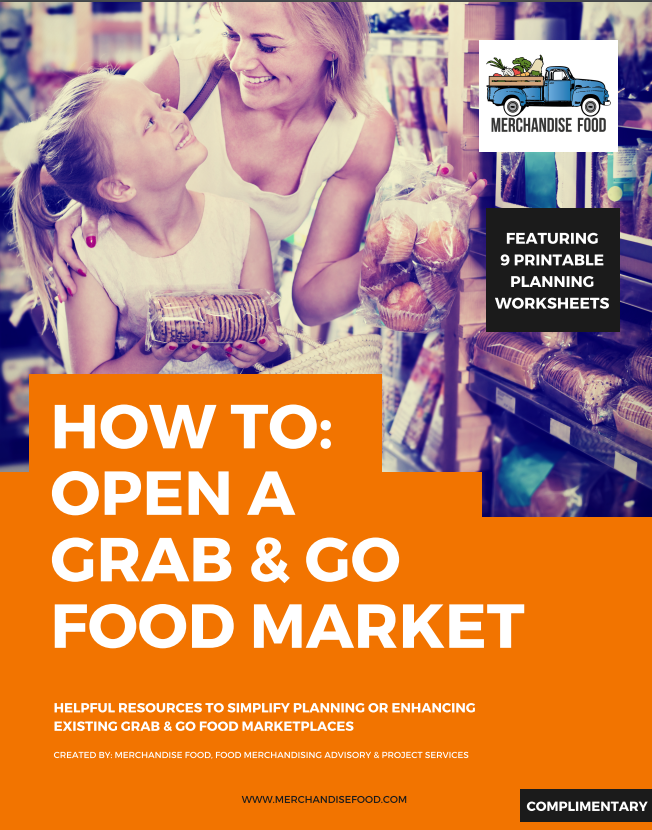
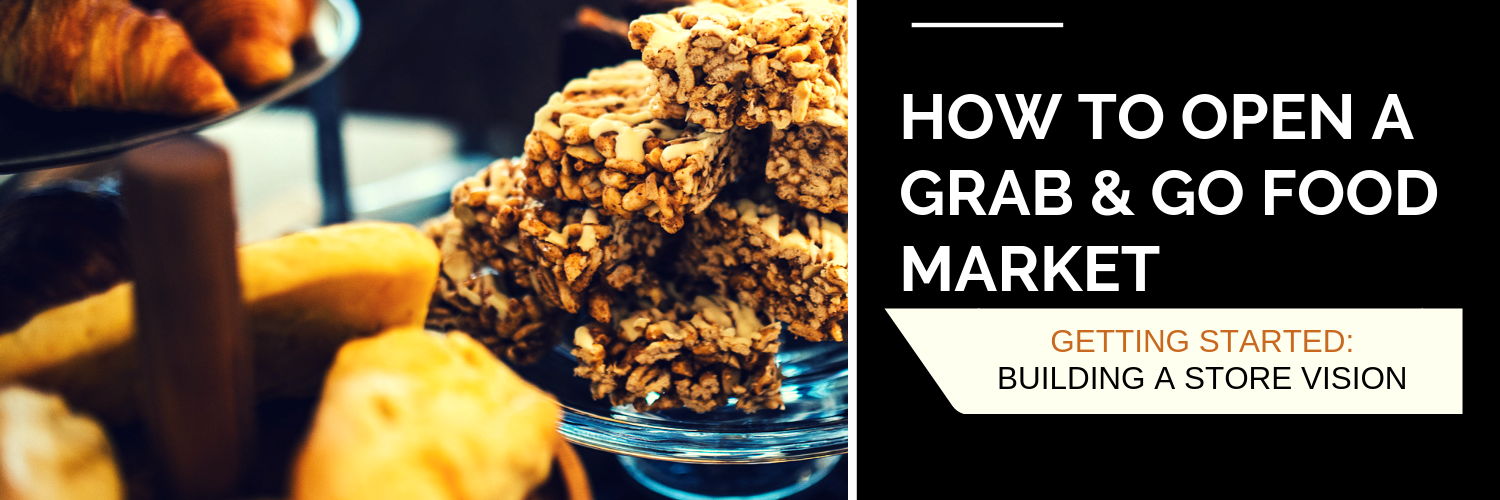


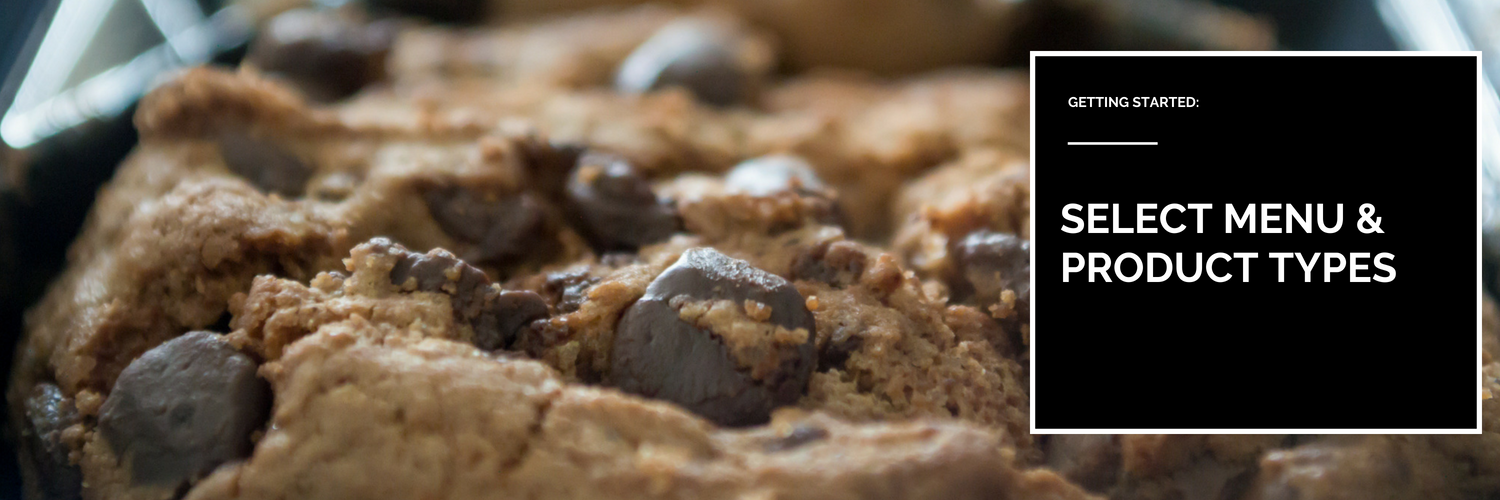

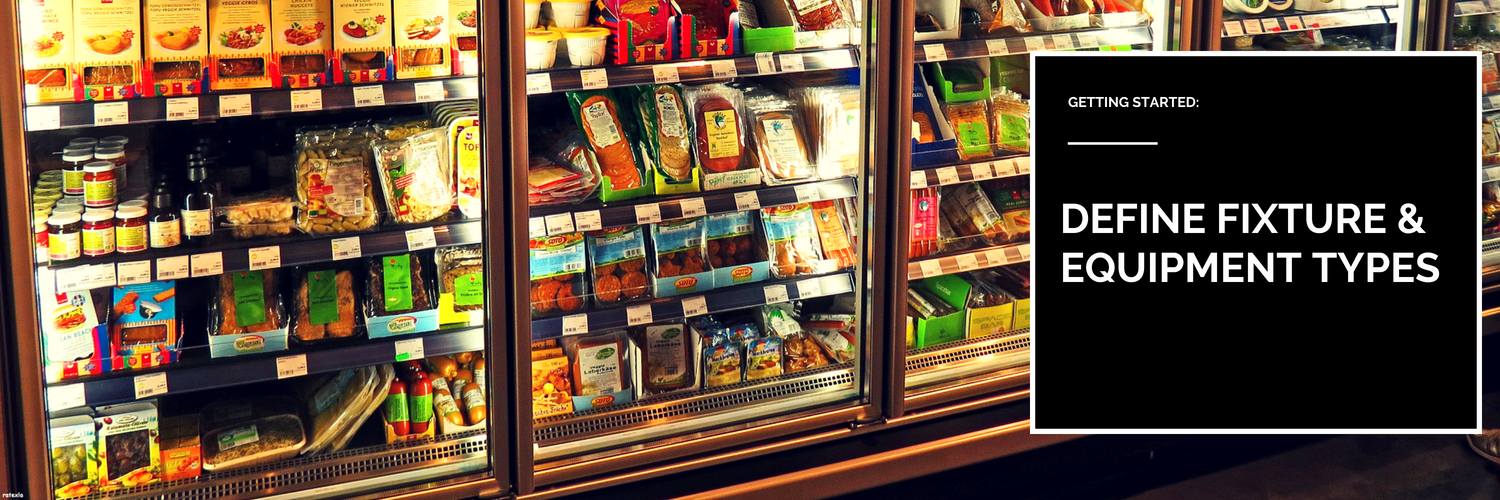

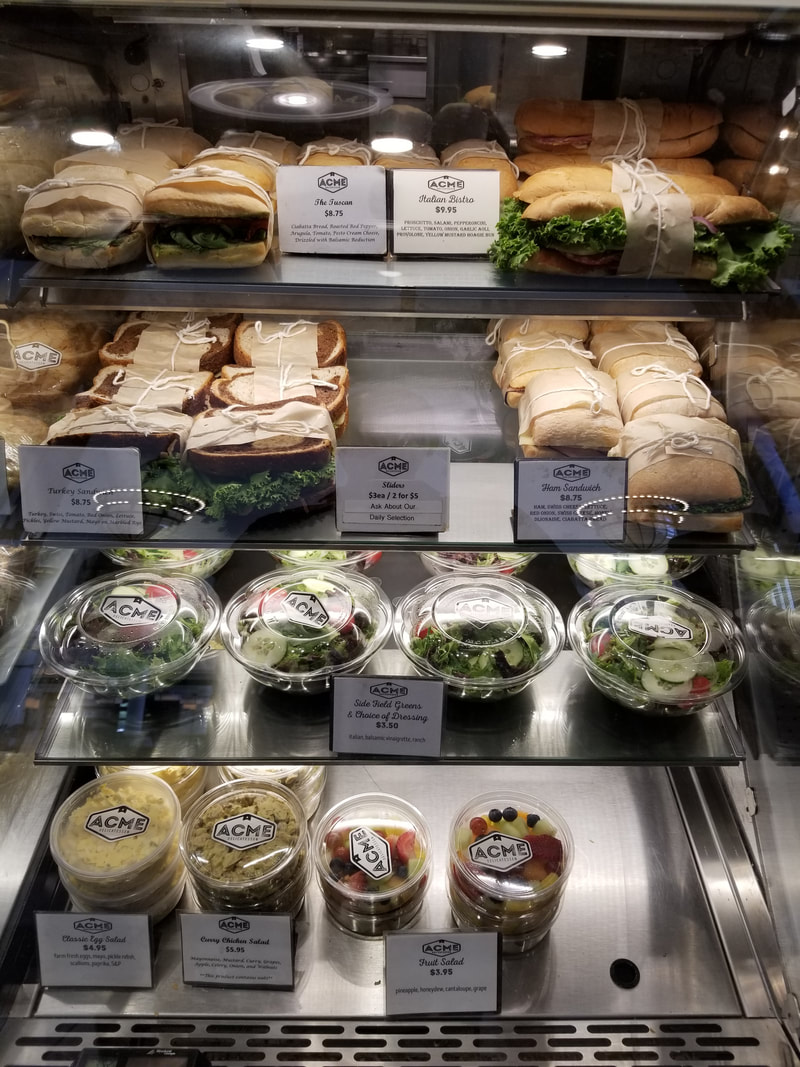
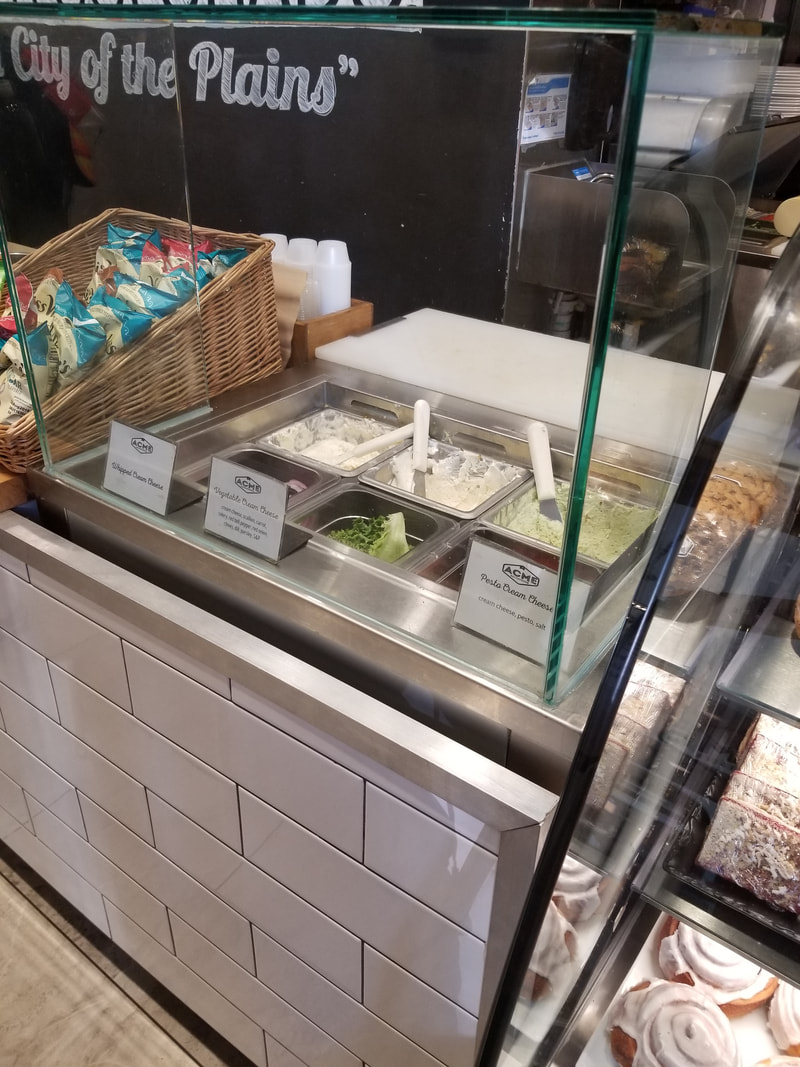
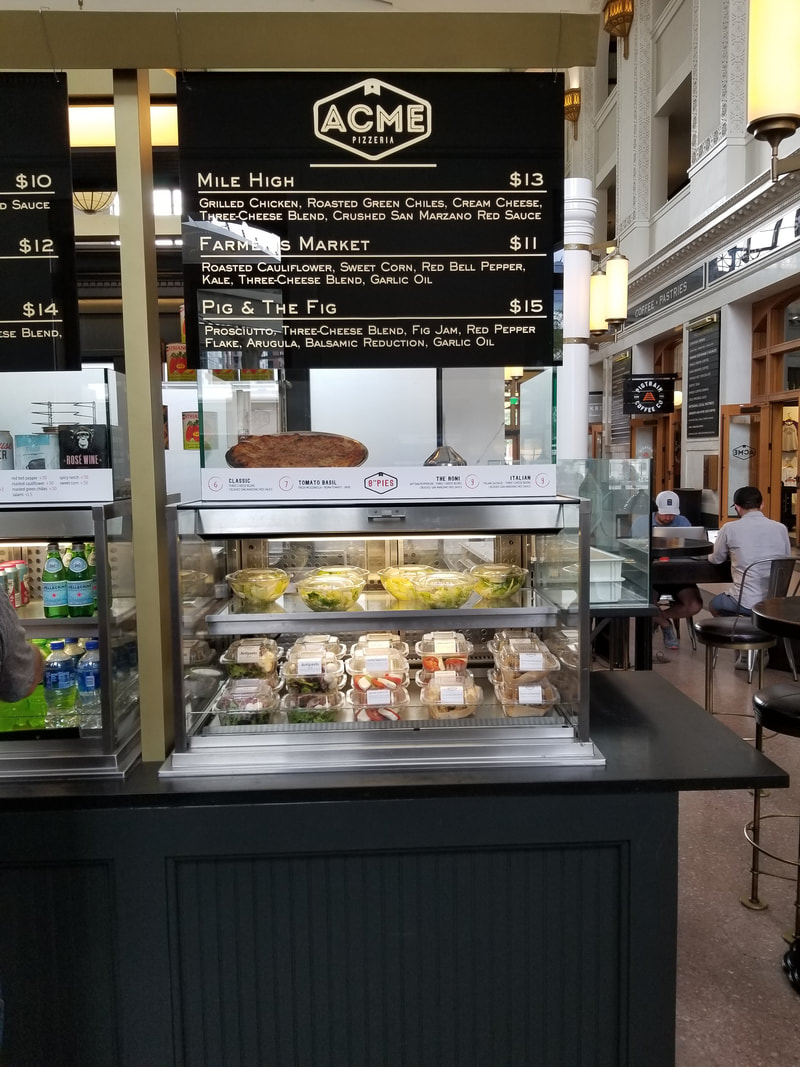


 RSS Feed
RSS Feed
